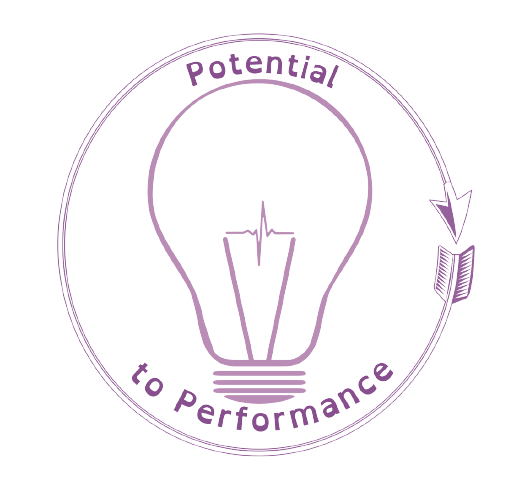Guest blog by Vanessa White
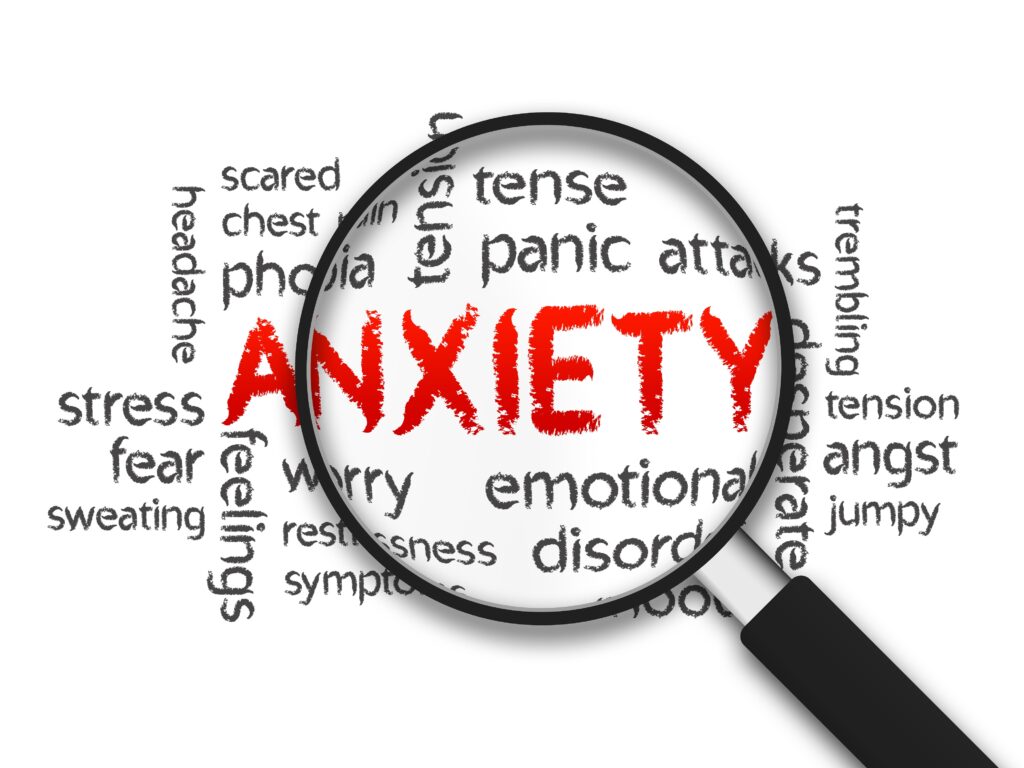
As Alanis Morissette sang (and yes, I’m aware this is showing my age), “it’s a little ironic, don’t you think”, that in sitting down to write this, I was paralysed by my own insecurities, my anxiety holding me back from any semblance of flow to put together this very article on how we can work to support our young people and those around them in better managing their own anxiety. Ha! It’s no wonder then, that I had to take a pause and make time for a few minutes to take my own advice and breathe deeply.
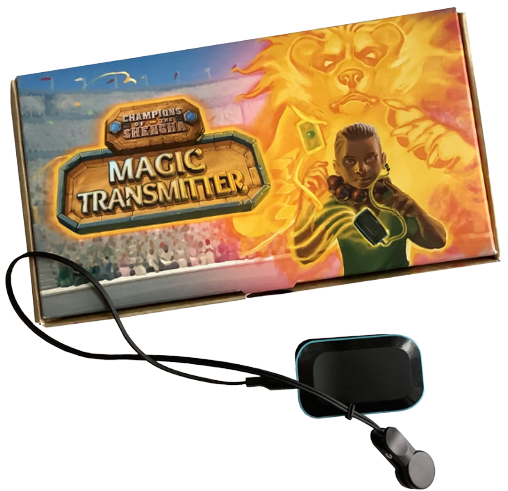
My now ten year old and I have been using biofeedback for a number of years now and with great effect; he the Champions of the Shengha, and I, Inner Balance – although to be honest I sneak in the odd game of Champions of the Shengha too – I cant help myself, and it’s fun to play independently side-by side or to challenge one another to level up to advance the farthest. These are just two pieces of our armoury that we have gathered across the years in order to be able to better manage anxiety.

It took me nine years of parenting to even begin to really understand about anxiety; to appreciate that the clinginess, tears, overwhelming stomach pains and inexplicable bouts of animalistic rage where all signs of this very same thing, just in different forms. We faced it as withdrawal in one child and feistiness in the other, but it wasn’t until our introduction to the Fun Friends programme that my view began to shift from the surface behaviours to understand the instinctually-driven survival mechanisms in play. There was so much more going on and it wasn’t something that could be addressed using the once trending “Super Nanny” techniques of time-out and continual ignoring of undesirable behaviours, or even the pyramid of approaches touted through the Incredible Years programme, although these were useful in some respects for other aspects of parenting. However, with all the new knowledge and tools we picked up, we remained floundering, unable to make sufficient change for our son who was drowning in the school system.
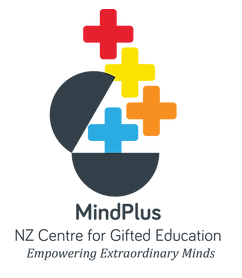
Even sitting on the grass, with the principal watching on, as my son sobbed and yelled from afar while I waited for him (my son that is – although it could almost have applied to the principal) to find his calm, and feel safe enough to come to me, I still struggled to fathom what “this” truly was, and how on earth we were going to help him through it. Our first had struggled with depression, his anxiety taking him inwards, on a scarily silent road that others did not recognise as it was hidden beneath compliance; it did not register as the behaviours were socially acceptable. We were all too aware, and ultimately found the most effectual response to be a shift in schools when the mismatch between needs and supports were too great, coupled with maintaining continuity with like-minded friends at MindPlus. But this? Shifting schools was not going to solve this, and MindPlus not yet an option. As it was, the only way forward was to make the move to learning at home.
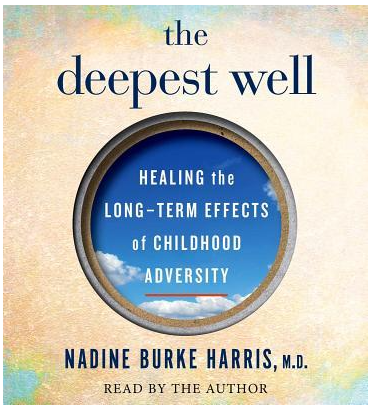
We had an eighteen month detox process from the ‘regular’ schooling experience. Unbelievably, we both had clear signs of Complex Post Traumatic Stress Disorder. It seemed absurd at the time, but I now know given the context, that this has an even more specific name; educational trauma. As we made the slow transition and began our journey of healing, I undertook a deep dive into learning about the biological underpinnings of anxiety and proposed theories such as the Polyvagal Theory, epigenetics and the roles of neurotransmitters, particularly in relation to diet. What started off as exploration soon turned to the gathering of online resources for others to access freely as needed. I was confident that I had nailed it with so many strategies on hand, and plenty to try with my son, but as it was, it soon became clear that I still had so much more to learn. A fiendish visit to the airport bookshop on my way to a work event (because I seem unable to come out empty handed from any bookshop) put “The Deepest Well” into my hands. This was a revelationary read, and put “trauma” absolutely and categorically in the mix with my new understanding of it’s direct relationship to anxiety. My interest was piqued resulting in an even deeper dive.
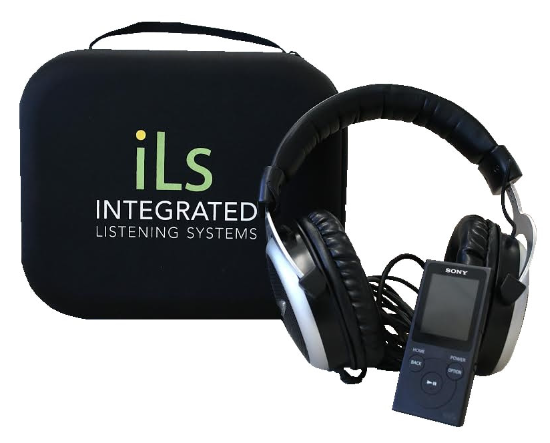
It turned out that the nature of ongoing stress that had been experienced through the mismatch of learning and social-emotional needs with what was available through preschool and then school, coupled with anxieties around food safety relating to a significant food allergy, had become toxic and resulted in a dysregulated survival response system. His brain had in effect, rewired and become super vigilant for any potential threat. Finally I felt like we were getting somewhere in our understanding. It quickly became apparent that the strategies we had been trying to teach, were in fact far too advanced for his brain readiness as there was a need first, for dampening the survival response system and promoting the brain wiring that provided a sense of safety. Cognitive approaches needed to come after this – something a little unexpected given rapid learning is the epitome of giftedness. But here enters The Safe and Sound Protocol, a non-invasive easy-to-use five one-hour session programme of specialised tones woven through music (and yes, and much to my son’s abhorrence [and my amusement of his response], the kids programme includes the infamous ‘Let it go’ song) in which vibrations serve to tone the middle ear drum and rewire “safety networks” in the brain through decreased sensitivity to tones which trigger the fight-flight-freeze mechanism.

In noting down nuanced changes in behaviours from use of this unique programme, we soon recognised an exciting change occurring. Not the least of which was increased communication from our boy who had, since the ‘school ordeal’, begun to present with Selective Mutism. This proved transformative! But dishearteningly, even with the ongoing and progressive changes we were seeing, drawing on techniques such as grounding and deep breathing still seemed to be out of reach. By now, having seen the change we had, I was on an active hunt for other technologies that might assist, and Bingo! Touchpoints were the next big success.
These wearables, generally worn on the wrists, provide bilateral stimulation in an alternating fashion. I actually purchased these for the purpose of helping alleviate exam stress in my eldest, however was quick to realise that the buzz emitted from the micro-vibration would be amplified dramatically in the still silence of an exam-room and not exactly discrete as I’d hoped. While that particular idea was a big fail, it turned out that these wearables were incredible for helping with winding down for sleep, and latterly, once familiarity had been gained with the devices by our youngest, for putting on in circumstances of increased anxiety. Even on our toughest days, these became the difference between our world coming to a total stand-still with a complete meltdown, and a manageable sobbing child who eventually settled with this gentle buzzing in a peacefully dark and quiet space (generally this being with earmuffs and a blanket). This was break-through number two!
Given enough time, we finally got to a place where we could consider something that required more thinking. Talking about feelings was still often a trigger for returning to states of dsyregulation, and I’m convinced, although I have no sound research base for this, that this relates to the sensitivities of giftedness that intensify affective memories even more than for most.
The brain has no clock and as soon as trauma is triggered the brain thinks its happening right now, so with memories being so close to the surface and being felt so deeply, it wasn’t hard to unwittingly stumble into a trigger. However, our next success was to be found in the game of Champions of the Shengha, through which verbal instructions and biofeedback guided him through an online card collecting game (perfect for my Pokémon loving kid!) in which he used a ‘Magic Transmitter’ (aka Heart Rate Variability monitor) and practiced his deep breathing in order to power up his character and battle. It was perfect! So perfect in fact, that come the 2018 NZAGC AGM, in amongst about twenty adults, my son’s hand shot up with enthusiasm, followed by a very confident verbal expression of how awesome the game is and that everyone who struggles with anxiety should try it – this – from my child who couldn’t even speak to the librarian!
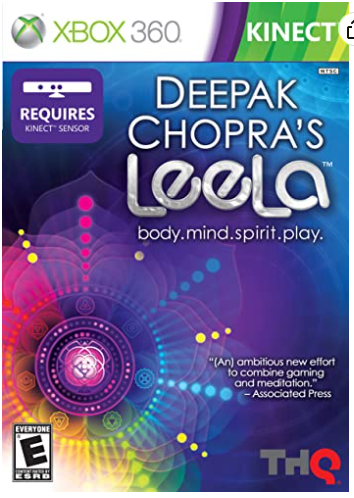
These three tech tools have been life-changing for us. They have enabled our child to find himself once again, and us, as a family unit, to build our relationships, connecting in a much more positive way, and enabling both he and our family as a whole to flourish. Nothing is perfect, and not everything works for everyone, but for us, our lives have changed a hundred-fold for the better. We can finally talk about feelings, try out new techniques – which he most recently invited us to do with Leela, an Xbox360 breathing and meditation game – and with great delight, witness an independent ten year old clip on his Magic Transmitter and hook into the game if he recognises that he is beginning to feel anxious. You may be able to imagine how much my heart is bursting with joy in seeing this!
You may not be surprised to know that my learning has not stopped here, as my thirst for understanding is rarely quenched for long, as I know to be true for many of you reading this. I have dug yet further, this time into the realms of trauma-informed practice. Very much a journey as opposed to a destination, I am now well aware that becoming trauma-informed is the absolute key to unlocking our kids development, providing the mechanisms to enable our kids to relinquish the weight of their anxiety in a safe, connected space and time; not only for our gifted kids, but for everyone. It’s not a cure, but an effective response. Underneath each and every tool and technique we use, trauma-informed practices must lie; in the home, at school, in the community at large. The more broadly these are understood, accepted and implemented (they don’t require more, just different) the better our kids with fare. It’s all interconnecting and has the potential to change the world! Okay, maybe that’s overly optimistic (and naïve), but it has the potential to make a massive impact for many, many people world-over, and it is my hope that it might just make a difference for you and your family too.
Vanessa White is a trauma-informed gifted education specialist seeking to spread awareness and understanding in aid of supporting those in Aotearoa who experience the world with the impacts of trauma and anxiety. In 2019 she presented at the inaugural Trauma-Informed Education Network conference in the U.S. on the intersection of giftedness and trauma and in 2020 was keynote at the NZAGC Gifted Wellbeing conference online. More recently, she and Brooke were keynote for an audience of educators passionate about their learners wellbeing. Vanessa is certified to implement the Safe and Sound Protocol and is currently the sole distributor of Champions of the Shengha in Aotearoa New Zealand. For any enquires, please contact hellocalm@outlook.com.
